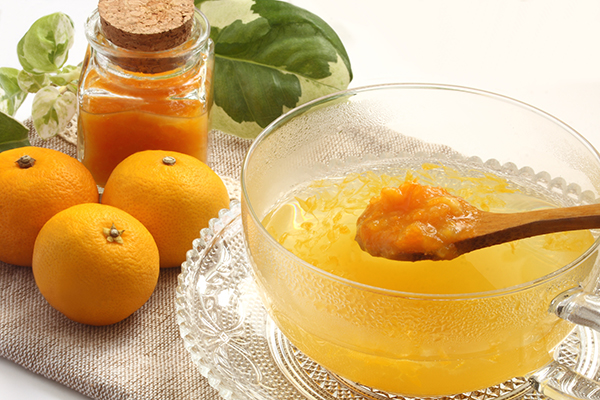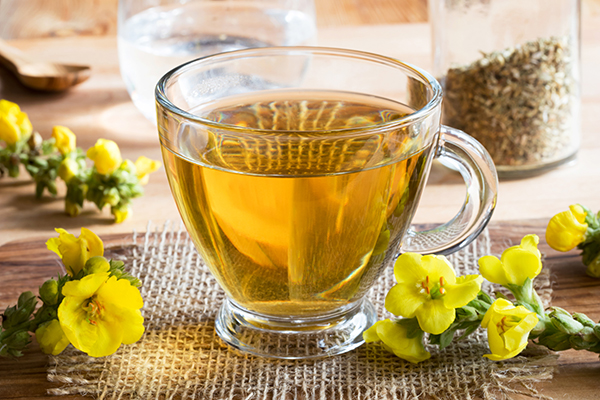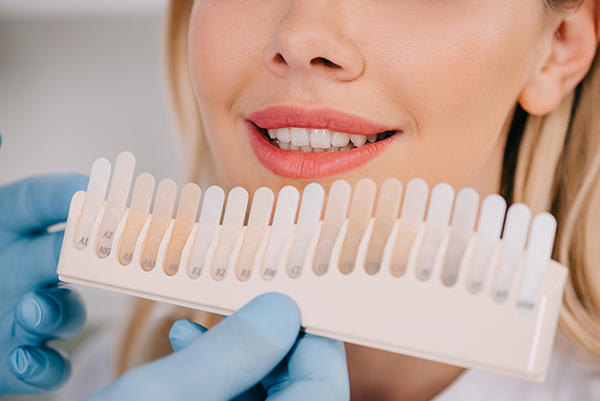The Perfect Tea Brewing Temperature: A Comprehensive Guide
Tea is a beverage that has been enjoyed for centuries, not only for its delightful taste but also for its potential health benefits.
One of the key factors that influence the flavor and aroma of your tea is the brewing temperature.
In this comprehensive guide, we will delve into the world of tea brewing temperatures, exploring how different temperatures affect various types of tea and providing tips to achieve the perfect cup.

Types of Tea and Their Ideal Brewing Temperatures
Green Tea
Green tea is known for its delicate flavors and subtle aroma, which can be easily overwhelmed by high temperatures. The ideal brewing temperature for green tea is between 160°F (70°C) and 180°F (82°C). This lower temperature helps to preserve the tea’s natural sweetness and grassy notes.
Japanese green teas, such as Sencha and Gyokuro, are more delicate than their Chinese counterparts and require even lower brewing temperatures. Aim for a temperature between 140°F (60°C) and 160°F (70°C) to enjoy the subtle umami notes and the fresh, vegetal flavors of these teas.
Matcha Tea
Matcha is a finely ground green tea powder made from specially grown and processed tea leaves. It is known for its vibrant green color, smooth texture, and energizing properties. The ideal brewing temperature for matcha tea is between 160°F (70°C) and 175°F (80°C). This lower temperature helps to preserve the tea’s natural sweetness, umami flavor, and delicate notes while preventing bitterness.
White Tea
White tea is known for its gentle, fragrant character and is typically less processed than other types of tea. The ideal brewing temperature for white tea is between 160°F (70°C) and 185°F (85°C). This temperature range allows for the extraction of the tea’s delicate flavors without risking bitterness.
Oolong Tea
Light and Floral
Lightly oxidized Oolong teas, such as Tie Guan Yin and Dong Ding, are known for their floral and fruity notes. These teas are best brewed at a temperature between 170°F (77°C) and 190°F (88°C). This slightly higher temperature helps to bring out their complex flavor profile.
Dark and Roasted
Darker, more heavily oxidized Oolong teas, such as Da Hong Pao and Wuyi Rock Tea, have a more robust flavor profile with notes of chocolate, caramel, and roasted nuts. These teas benefit from a slightly higher brewing temperature, between 195°F (90°C) and 205°F (96°C).
Black Tea
Black tea is known for its bold, rich flavors and typically has a higher oxidation level than other types of tea. The ideal brewing temperature for black tea is between 200°F (93°C) and 212°F (100°C), the boiling point of water. This higher temperature helps to extract the full range of flavors from the tea leaves, including malty, fruity, and earthy notes.
Pu-erh Tea
Pu-erh tea is a unique type of tea that undergoes a fermentation process, resulting in a deep, earthy flavor profile that can change over time. The ideal brewing temperature for Pu-erh tea is between 200°F (93°C) and 212°F (100°C). This higher temperature aids in extracting the complex flavors and rich, bold notes that are characteristic of this type of tea.
Chamomile Tea
Chamomile tea is a popular herbal infusion known for its soothing and calming properties. It is made from the dried flowers of the chamomile plant and has a sweet, floral taste. The ideal brewing temperature for chamomile tea is between 200°F (93°C) and 212°F (100°C). This temperature allows for the proper extraction of the essential oils and compounds responsible for its relaxing effects.
Rooibos Tea
Rooibos tea, also known as red bush tea, is a caffeine-free herbal infusion made from the leaves of the Aspalathus linearis plant, native to South Africa. It has an earthy, naturally sweet flavor and is rich in antioxidants. The optimal brewing temperature for rooibos tea is between 200°F (93°C) and 212°F (100°C). This higher temperature ensures that the full range of flavors and health benefits are extracted from the leaves.
Peppermint Tea
Peppermint tea is an aromatic herbal infusion made from the leaves of the peppermint plant. It is known for its refreshing and invigorating taste, as well as its potential digestive benefits. The ideal brewing temperature for peppermint tea is between 200°F (93°C) and 212°F (100°C). This temperature allows for the proper extraction of the essential oils and compounds responsible for its characteristic minty flavor.
Tea Temperature Chart
| Tea Type | Ideal Brewing Temperature |
|---|---|
| Black | 200°F (93°C) – 212°F (100°C) |
| Green | 160°F (70°C) – 180°F (82°C) |
| Oolong | 170°F (77°C) – 205°F (96°C) |
| Matcha | 160°F (70°C) – 175°F (80°C) |
| White | 160°F (70°C) – 185°F (85°C) |
| Chamomile | 200°F (93°C) – 212°F (100°C) |
| Rooibos | 200°F (93°C) – 212°F (100°C) |
| Peppermint | 200°F (93°C) – 212°F (100°C) |
By following this tea temperature chart, you can achieve the perfect brewing temperature for each type of tea, ensuring an enjoyable and flavorful cup every time.
Why Temperature Matters
Unlocking Flavors and Aromas
The temperature at which you brew your tea plays a crucial role in extracting the unique flavors and aromas of the tea leaves. Brewing at too low a temperature may not release the full spectrum of flavors, while brewing at too high a temperature can lead to a bitter and astringent taste. By understanding and controlling the brewing temperature, you can ensure that you enjoy your tea’s best qualities.
Preserving Health Benefits
Many teas contain antioxidants and other compounds that are believed to offer health benefits. Brewing temperature can affect the extraction of these compounds, with some being more sensitive to heat than others. By brewing your tea at the optimal temperature, you can ensure that you are maximizing the potential health benefits.
Brewing Techniques and Tips
Pre-warming Your Teapot
Pre-warming your teapot or brewing vessel is an essential step to ensure consistent brewing temperature. Simply pour hot water into the teapot, swirl it around, and then discard the water before adding your tea leaves. This process helps to maintain the desired temperature during brewing, ensuring a better-tasting tea.
Using a Temperature-Controlled Kettle
Investing in a temperature-controlled kettle can be a game-changer for tea enthusiasts. These kettles allow you to set the desired temperature for your water, taking the guesswork out of heating and ensuring a consistently perfect brewing temperature. If you do not have a temperature-controlled kettle, you can use a kitchen thermometer to check the water temperature before brewing.
Experimentation is Key
While this guide provides a good starting point for brewing temperatures, it is essential to remember that individual tastes and preferences can vary. Don’t be afraid to experiment with different brewing temperatures to find the perfect balance of flavors for your palate. Additionally, the quality and processing of tea leaves can also affect the ideal brewing temperature, so it is essential to be flexible and adapt to the specific tea you are using.
Conclusion
Understanding and controlling tea brewing temperatures is essential for unlocking the full potential of your tea leaves. By following the guidelines outlined in this article and experimenting with different temperatures, you can ensure that each cup of tea you brew is enjoyable and packed with the unique flavors and aromas that make tea such a beloved beverage around the world.





